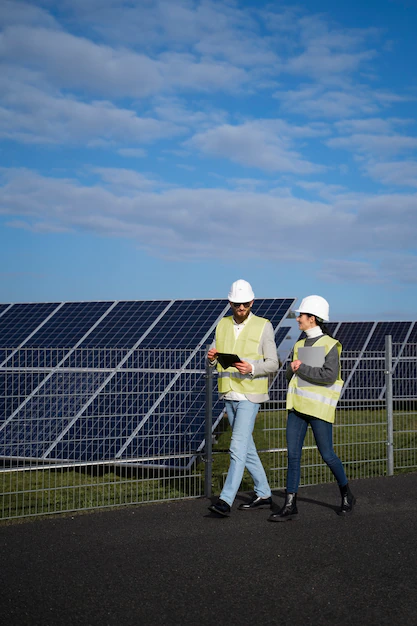Fostering 8 Engaging and Inclusive Learning Environments in High School
High school education represents a critical phase in a student’s academic journey, demanding engaging and inclusive teaching practices to maximize learning outcomes. Tailoring the classroom environment to captivate students’ interests, encourage active participation, and celebrate diversity is instrumental in fostering a positive educational experience. Let’s delve into strategies aimed at creating an engaging and inclusive high school learning environment, accompanied by a summarized table highlighting these methodologies.

Page Contents
Strategies for 8 Engaging and Inclusive Learning:
| Strategy | Description |
|---|---|
| Interactive Teaching Methods | Incorporating activities like debates, group discussions, experiments, and multimedia presentations to encourage active engagement and deepen understanding. |
| Varied Learning Resources | Integrating technology, articles, videos, podcasts, and real-world examples into lessons to cater to diverse learning styles and make learning more dynamic and relatable. |
| Project-Based Learning | Assigning tasks involving research, creativity, and practical application to promote collaboration, critical thinking, and problem-solving skills among students. |
| Inclusive Classroom Practices | Fostering an inclusive environment by encouraging open discussions, respecting diverse opinions, and celebrating cultural diversity within the curriculum. |
| Personalized Learning Opportunities | Tailoring assignments or offering additional resources based on students’ individual strengths, weaknesses, and interests to enhance engagement and support. |
| Student-Centered Approach | Empowering students to set goals, explore their interests, and take responsibility for their learning journey, promoting autonomy and self-directed learning. |
| Feedback and Assessment | Providing timely, constructive feedback and employing varied assessment methods to cater to different learning styles and abilities of students. |
| Collaborative Learning Communities | Encouraging teamwork through group projects, extracurricular clubs, and activities to build a sense of community and support among students. |
Relatable Learnings
These strategies form the cornerstone of creating a dynamic and inclusive learning environment in high schools. Employing interactive teaching methods ensures active student engagement, while varied learning resources cater to diverse learning styles, making lessons more relatable and accessible.
Diversity and Atmosphere of Respect
Implementing project-based learning not only fosters critical skills but also encourages collaboration and exploration of personal interests. Inclusive classroom practices celebrate diversity and create an atmosphere of respect and understanding among students.
Empowers Learners
Personalized learning opportunities recognize individual strengths and weaknesses, fostering a supportive environment. A student-centered approach empowers learners to take charge of their education, promoting autonomy and self-motivation.
Feedback and varied assessment methods ensure a comprehensive understanding of students’ progress, while collaborative learning communities foster teamwork and mutual support.
In conclusion, these strategies, when integrated into the educational framework, create an engaging, inclusive, and supportive high school environment. By embracing these methodologies, educators can cultivate an atmosphere that inspires students to excel academically, socially, and personally.







